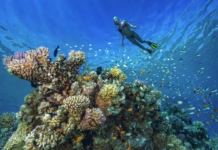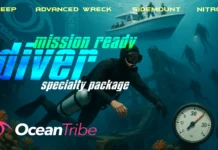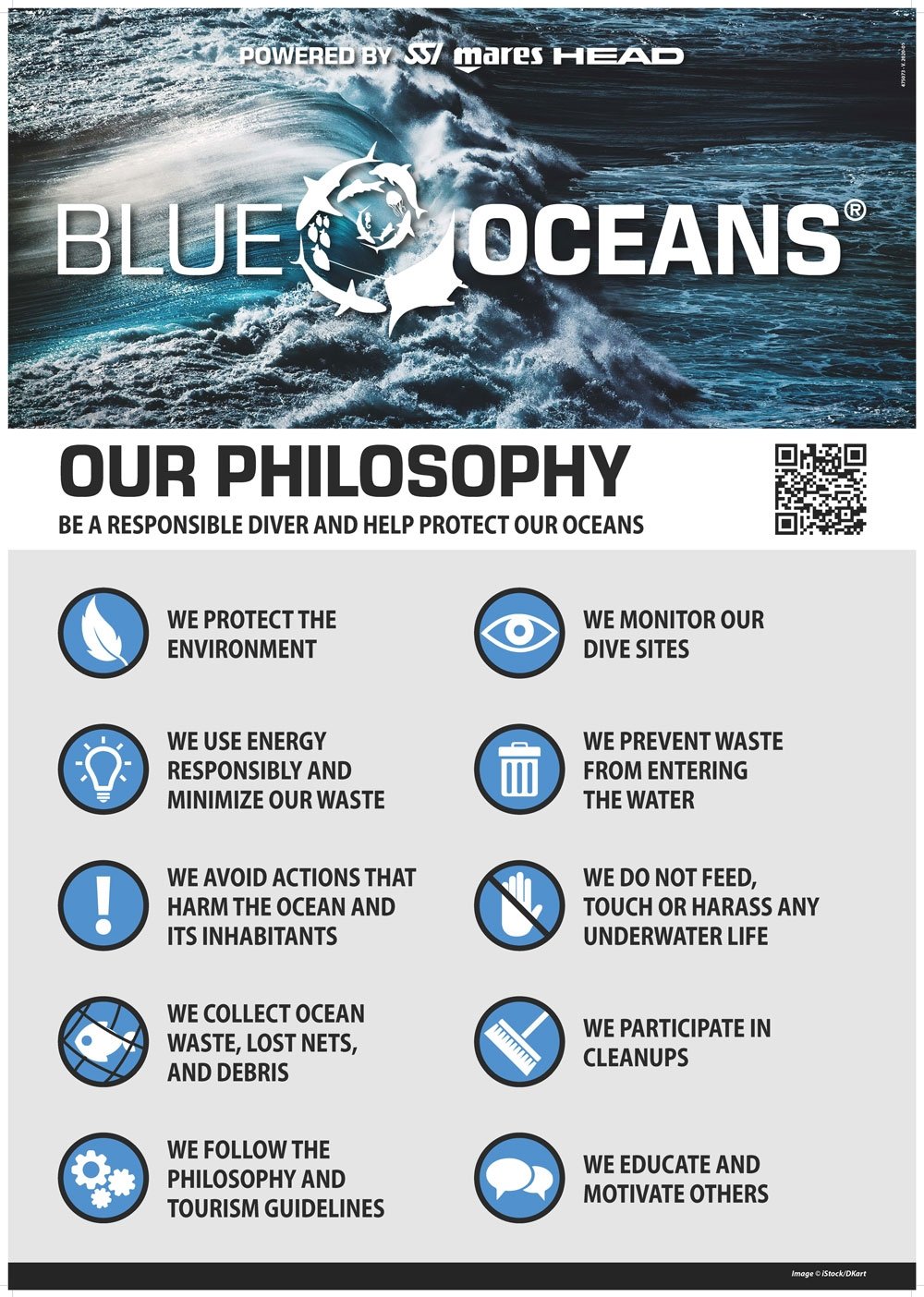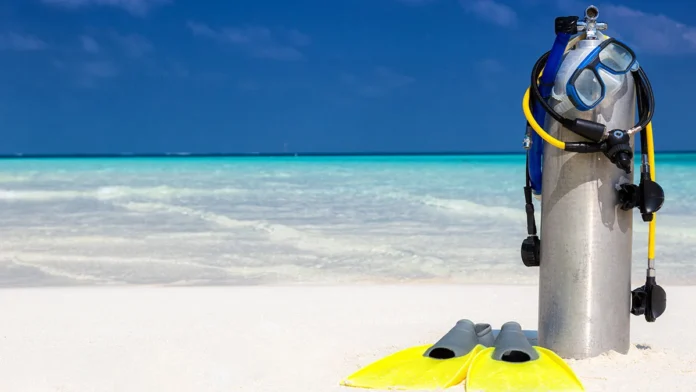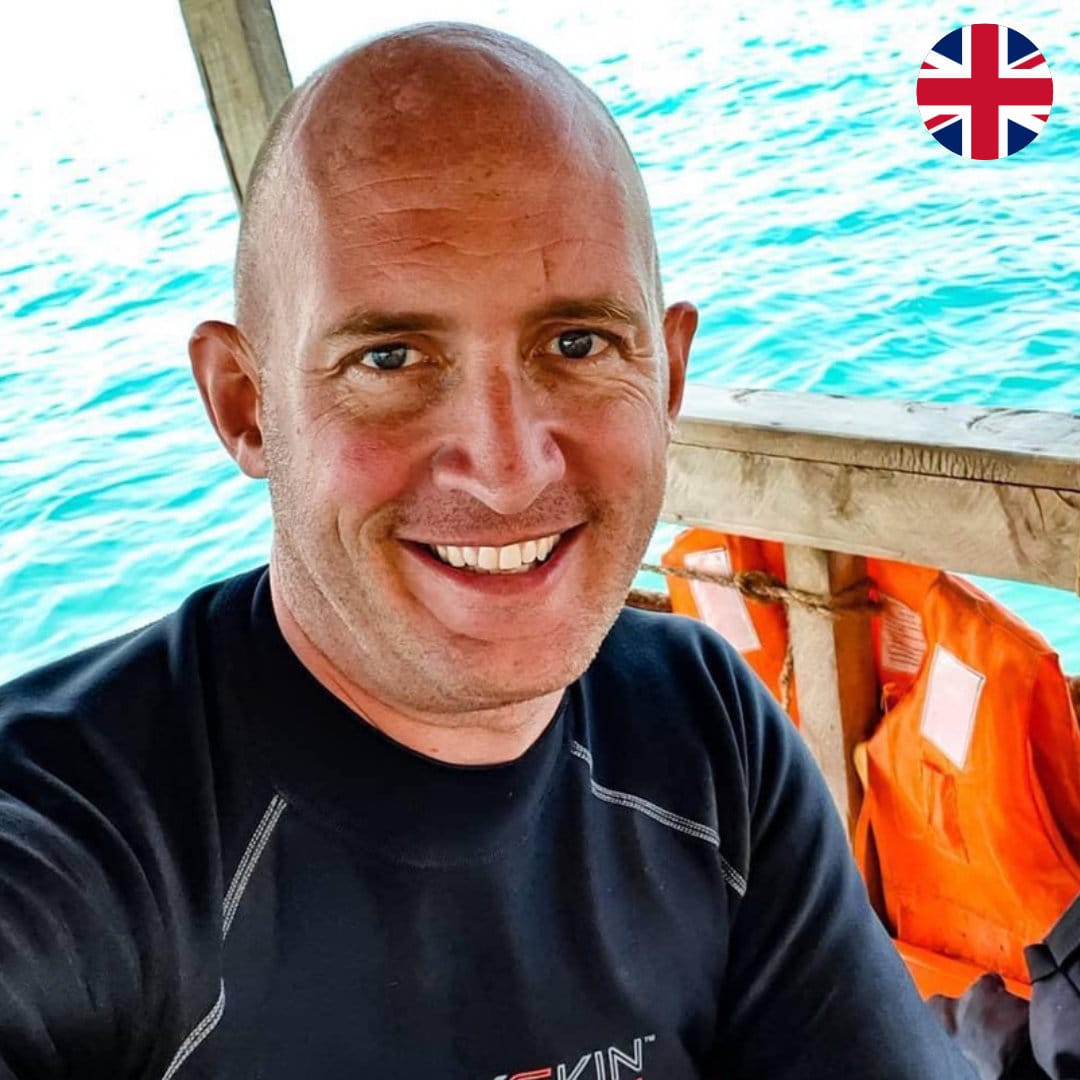Types of Sea Turtles Found in Diani
The turtles of Diani are a highlight for divers. These graceful marine reptiles often appear on dives around Diani Beach. Three species live here: green turtles, hawksbills, and olive ridleys¹.
Green turtles are the most common. They have smooth, oval shells and often feed on algae and seagrass¹. Hawksbill turtles are rarer. Their pointed beaks and patterned shells help them hunt sponges in coral reefs². Olive ridley turtles appear less frequently but sometimes nest on Diani’s beaches¹.
Divers love the turtles of Diani for their calm presence. You might see them grazing, resting under ledges, or slowly swimming by. Sites like Galu Reef and Kisima Mungu are turtle hot spots². Seeing a turtle up close is an unforgettable moment. But it’s also a reminder: these ancient animals need our protection³.
Conservation Efforts and Organizations
Many groups help protect the turtles of Diani. The most active is Diani Turtle Watch, part of Local Ocean Conservation⁴. Their turtle monitors patrol the beach, protect nests, and rescue injured turtles⁴.
The Marine Education Center at Sands at Nomad hosts Diani Turtle Watch. Visitors can learn about turtles and meet the team⁵. Several resorts sponsor the program. They also set up safe zones where turtles can nest⁵.
Local Ocean Conservation runs the program and has decades of experience⁴. Their Bycatch Release Program teaches fishermen to free trapped turtles from nets⁴. In nearby Tiwi, the Tiwi Turtle Police have ended turtle poaching by leading community patrols⁹.
The Olive Ridley Project works on turtle photo ID and rescue in the water⁶. They’ve identified over 700 turtles using unique facial scale patterns. Divers can join this project by sharing turtle photos. You can also symbolically adopt a turtle to support the cause⁶.
Tourist Experiences with Turtles in Diani
Visitors have many ways to see the turtles of Diani. One of the most magical is witnessing a hatchling release. From November to February, Diani Turtle Watch sometimes invites small groups to watch hatchlings reach the sea⁵.
On dives with Ocean Tribe, you’re likely to see green or hawksbill turtles². Our team gives turtle briefings. We teach responsible practices—stay calm, keep your distance, and never touch wildlife⁸.
Want to help more? Join a beach cleanup. Visit the Marine Education Center. Or volunteer with Diani Turtle Watch or the Olive Ridley Project⁵⁶. Even short-term visitors can take part. Logging turtle photos or collecting beach litter goes a long way.
Environmental Challenges and What You Can Do
The turtles of Diani face serious threats. Plastic pollution is one of the biggest. Turtles often mistake bags for jellyfish¹¹. Fishing nets, especially ghost nets, can trap and drown them⁴.
Climate change causes even more problems. Hotter sands change hatchling gender ratios¹⁰. Coastal erosion destroys nesting areas. Warmer seas damage coral and seagrass beds—vital turtle feeding zones⁷.
Boat strikes also injure turtles, especially those surfacing for air⁴. Poaching is rare now but still exists in some places.
As a diver, you can help. Use good buoyancy. Don’t chase turtles. Avoid single-use plastics. Join a cleanup. Choose dive shops that support conservation⁸.
Support the turtles of Diani by donating to local programs. Adopt a turtle. Use dim lights on beachfront properties at night. And tell others what you’ve learned. Every small action counts.
Learn More About Sea Turtles
If you’re passionate about marine life, the SSI Sea Turtle Ecology Specialty at Ocean Tribe is the perfect way to deepen your understanding of the turtles of Diani. This short, flexible course introduces you to the biology, behavior, and conservation of the world’s sea turtle species, with a special focus on those found along Kenya’s coast.
You’ll learn how to identify different species, understand their role in the ecosystem, and explore the threats they face. Best of all, the course can be completed alongside your dive trips, and it includes digital learning materials through the MySSI app. By earning this certification, you’ll become a more informed and responsible diver—and a stronger advocate for the turtles of Diani.
Footnotes / References
- Local Ocean Conservation. (2023). Marine Turtle Conservation Program.
- Diani Turtle Watch. (2024). Community-based Turtle Monitoring Project.
- Kenya Wildlife Service. (2023). Marine Protected Areas in Kenya.
- WWF Kenya. (2022). Turtles in Trouble: Kenya’s Marine Turtle Populations and Threats.
- Sands at Nomad. (2024). Marine Education Center Turtle Releases.
- Olive Ridley Project. (2024). Diani Sea Turtle Photo ID Program Annual Report.
- Kenya Institute of Marine Sciences. (2023). Impacts of Climate Change on Turtle Nesting Sites.
- Ocean Tribe Dive Center. (2025). Turtle Diving Briefing and Eco-Guidelines.
- Tiwi Turtle Police. (2023). Tiwi Community Conservation Success Stories.
- UNEP Nairobi Convention. (2022). Marine Turtle Conservation in the Western Indian Ocean.
- National Geographic. (2021). Why Plastic Pollution Is Killing Sea Turtles.







